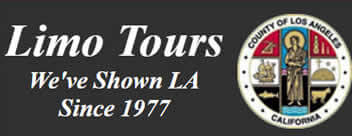
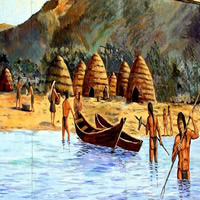
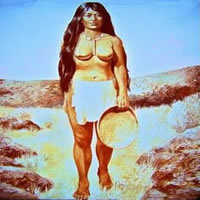
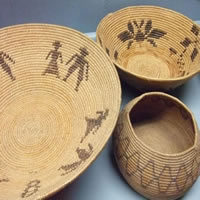
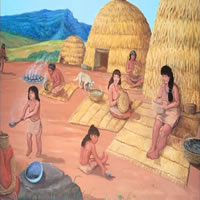
The Los Angeles coastal area was first settled by the Tongva and Chumash Native American tribes thousands of years ago.
Docile and obedient, Southern California Indians had a very primitive culture. They had nearly no agriculture, as the land was not irrigated as it is today. Basketry was the most developed of their art. Canoes would indicate some Polynesian influence. Their form of money were shells, & diskettes, warfare was virtually unknown, and slavery not practiced. They had no intoxicating drink, however, they smoked a wild tobacco. Marriage was generally by purchase. The women wore a 2-piece apron of buckskin, shredded bark, or other plant fiber, while the manly fashion was to go naked. The shelters were brush-covered or made of earth and were of the one family type which they burnt for sanitary reasons and made new ones, hence killing all the germs.
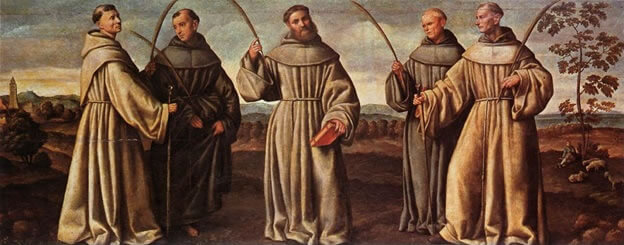
Beginning with San Diego in 1769, Franciscans arrived, and soon missions were established in the region. Virtually all of the Indians in the region were “Missionized”; since the padres built where the Indians were established in greatest numbers. Most of the cities of the coastal regions are built squarely upon ancient Indian village sites. The reason is a simple one: the Indians chose the most favored spot with a sure knowledge born of long experience in the region. The Indian sought fresh water, a scarce commodity in early days, a smooth shoreline, and abundant existing vegetation. The Indian village of Yang-na became El Pueblo de La Reina de Los Angeles on August 26, 1781, 239 years after the first discovery.
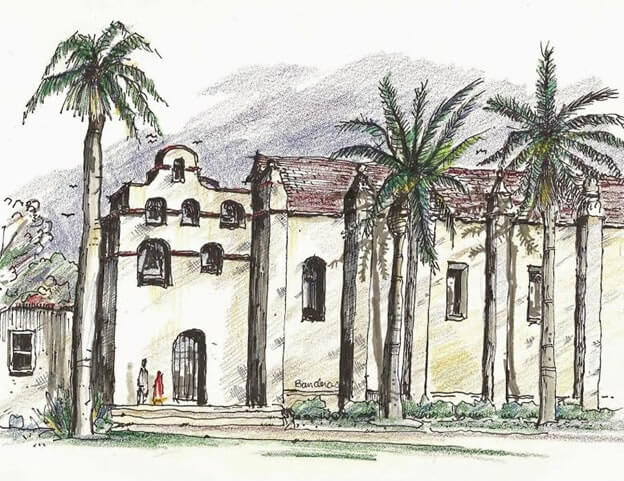
In 1771 Franciscan friar Junipero Serra built the first Mission, Mission San Gabriel Archangel, in what is now called the San Gabriel Valley, and the site was developed into a pueblo. The town was officially founded on Sept 4, 1781 by a group of forty-four settlers known as Los Pobladores. The town was named El Pueblo de Nuestra Senora La Reina de Los Angeles del Rio de Porciuncula (The Town of Our Lady the Queen of the Angeles on the Porciuncula River). The pueblo settlers came from the common Hispanic culture that had emerged in northern Mexico among a racially mixed society of African, Amerindian, and European ancestry. The settlement remained a small ranch town for decades. By 1820 the population had increased to about 650 residents, the center of the town was Olvera Street, the oldest part of Los Angeles.
{This region was now referred to as “New Spain”.}
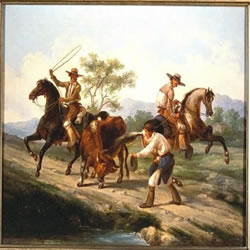
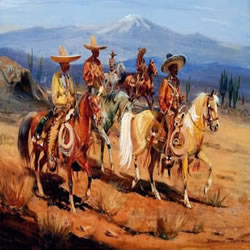
New Spain achieved its independence from the Spanish Empire in 1821, and the pueblo continued as a part of Mexico. During Mexican rule, the Governor was Pio Pico, and the residents were called Californios. The area was owned by a few land barons via Spanish land grants. They had lots of fiestas (parties that would go on for days), and gambled on horse races. They financed their lavish lifestyle by selling meat & wine to the Gold Rush people in northern California. By using Indian forced labor, they powered the far-Missions agricultural development. Indians cleared the ground, planted the first vineyards, constructed the irrigation ditches and canals for the Don’s Rancherias, and build the Missions. Somehow this Indian background got lost in the transition.. The greatest Indian influence in the United States are not in Oklahoma, New Mexico, Arizona, and the Great Plains; but in Southern California.

Californios’s daughters married sober, handsome Anglos who start coming to the region in 1821. Over a 20 year period, the Anglos had bought out the lands/stocks from the Californios. Mexican rule ended during the Mexican-American War; Americans took control from the Californios after a series of battles culminating with the signing of the Treaty of Cahuenga on January 13, 1847. California was admitted to statehood on September 9, 1850 as the 31st State.
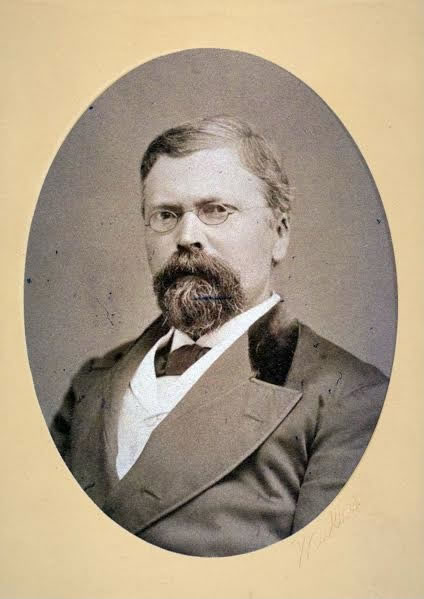
Charles Nordhoff, (1830-1901), author of California for Health, Pleasure, and Residence (1872), a guide book that put Southern California on the map. A New York Tribune journalist, Nordhoff was hired by the Southern Pacific Railroad to trumpet the virtues of Southern California, which was then viewed as a dusty, violent backwater stop on the way to San Francisco. In a series of Harper’s magazine articles, republished in book form, he touted the benign climate, cheap land, bountiful agriculture, beautiful flowers, interesting architecture, and inviting hotels of the region. This array of virtues quickly spurred tourism and growth throughout Southern California. Nordhoff followed his own advice by moving to the region.
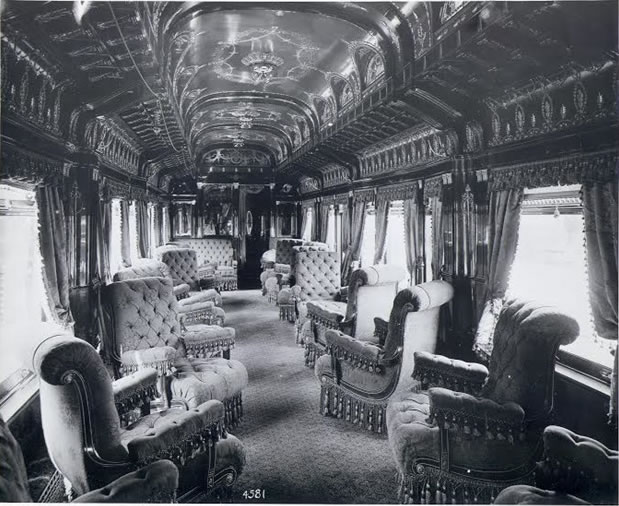

With the birth of the Trans Continental Rail Lines, Southern Pacific Railroad in 1876, and Santa Fe Railways in 1885 connecting LA to Boston on a 5 day trip, a real estate boom started. La Grande Station opened July 29, 1893, at 2nd Street and Santa Fe Avenue. In the 1920’s summer discount tickets by all railroads brought major influx of tourists to Los Angeles. Instead of traveling to Europe on a 5 days sailing trip, tourists took a scenic rail trip across America to Southern California.
May 19, 1924 Los Angeles Times writes:
“Wide-eyed and wondering, the vanguard of the great army of summer tourists that will make their way across the plains of the Middle West and over the Rockies for the next few months arrived in Los Angeles yesterday.
Beginning at 7:30 O’clock yesterday morning, the three great trans-continental railroads into Los Angeles began pouring tourists into the city by the trainload. The climax to the day’s influx came early in the afternoon when the Golden State Limited on the Southern Pacific and the California Limited on the Santa Fe unloaded about 620 passengers. The Los Angeles Limited on the Union Pacific came in with two sections. The last of the travelers from East got in shortly before 9 O’clock at night. The day’s total reached more than 1,200 passengers….
Accustomed as Los Angeles is to having tourists come in from the East, the arrival of the first of the season’s sight-seers brought great crowds down to the railroad stations. At the Santa Fe depot it was estimated that 1,500 persons were on hand to meet three sections of the limited travelers. And they weren’t all there to meet friends or relatives either.
Long before the train time at the Santa Fe the crowd of welcomers began to muster. By the time big iron horses were dragging their human cargoes through the outlimits of Los Angeles, private cars were parked up and down the streets for two blocks in front of the station. A regular battalion of taxi drivers were ready to “to do their stuff.” Out in the train sheds the red caps and their wagons were deployed strategically to handle the baggage of the newcomers. A great throng of persons stood in the friendly shade of the depot, and train employees, according to one of the company statisticians who carried an adding machine slung on a strap over his shoulder, told 1,200 persons 2,400 times. On May 23, 1924 The Times reported that “eastbound trains pulled out of Los Angeles stations yesterday carrying capacity loads. Approximately 6,500 Southern Californians bound eastward on vacation trips were said to be aboard.”
The clanging of a bell growing louder, the crowd begins to crane its collective neck, the little girl clutching a bunch of California roses begins to jump up and down with hysterical anticipation, and around the curve there looms, the engineer of the first section, [the] engineer nearly fell out of the cab when he saw the crowd at the depot. Regaining his self-composure, however, he saved the day by bringing his mount to a halt with a great hissing of air and the proverbial grinding of the brakes….
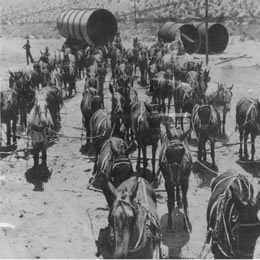
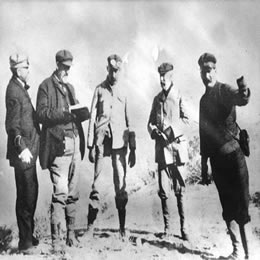
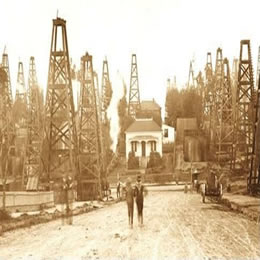
Oil was discovered in 1892, and by 1923, the discoveries had helped California become the country’s largest oil producer (Edward Doheny), accounting for about one-quarter of the world’s petroleum output.
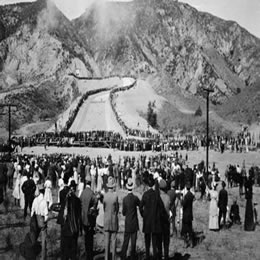
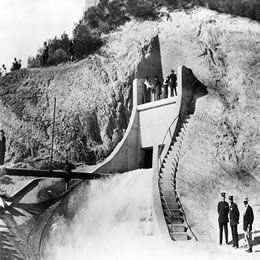
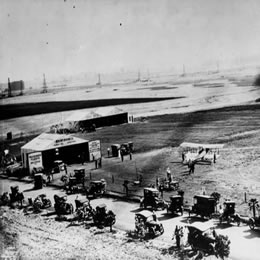
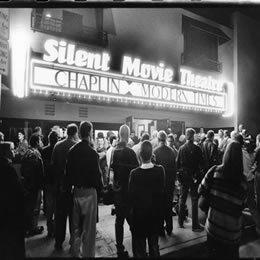
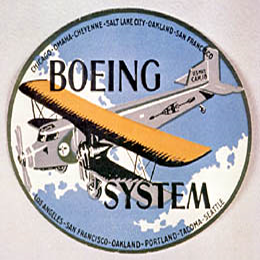
By 1913 William Mulholland built the Los Angeles Aqueduct to store the water coming via man made channels from the Colorado River, and Sacramento 400 miles away, to assure a continuous supply of water to an increasing population.
In the 1920’s the movie and aviation industries flocked to Los Angeles. In 1932 with the population surpassing one million, the city hosted the Summer Olympics, in 1984 the city hosted it the second time.
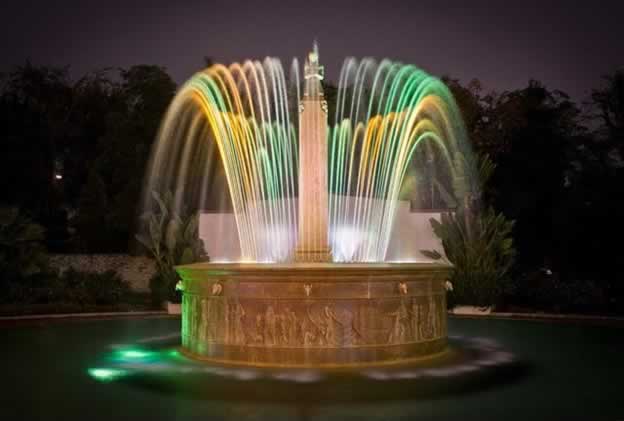
Los Angeles Times writes: In June 1931, a grand fountain was installed in Beverly Hills that according to news reports led thousands to stop their cars and gape. Officers were stationed nearby to sort out the ensuing traffic snarls. The Electric Fountain – with its repeating rainbow-colored water show was a crowd-creating spectacular. Atop a pedestal at its center, a Gabrelino Tongva Indian kneels in prayer- some say for rain.
Time passes. Technology changes. Pipes get clogged. Tiles crack. Algae turns cast stone that once was tan a mucky, grayish green. At the beginning of 2016 the fountain undergone an overhaul at a cost of $1.5 million.. It went back into service in grand style on 04/12/2016.
The original-which cost $22,000 – was given to Beverly Hills by the mother of silent-screen star Harold Llyod.
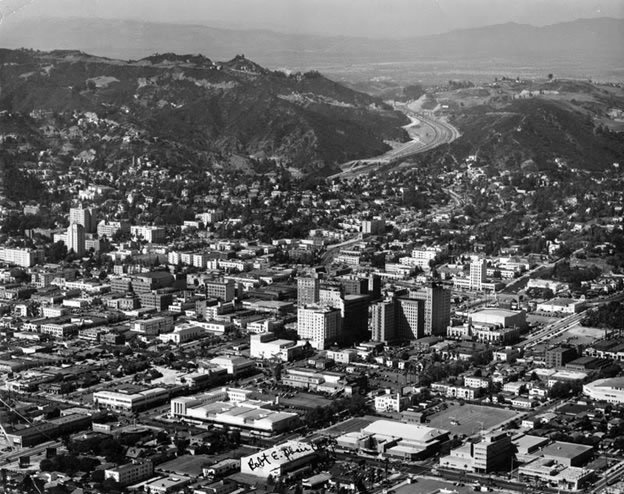
The post-war years saw an even greater boom, as urban sprawl expanded the city into the San Fernando Valley. From the 80’s on this urban sprawl continued on exponentially towards the surrounding Greater Los Angeles Metropolitan areas (500 square mile), where a work commute of 2-3 hours is the norm for many commuters.
Facts and Statistics
Los Angeles , Spanish for The Angeles with a City population at the 2014 Census of 4 million, is the second most populous in the US, after NYC, on a land area of 500 square miles. Often known by its initials, LA, and nicknamed the City of Angeles. The city’s inhabitants are referred to as Angelenos.
Los Angeles is located in the middle of Southern California, a coastal strip of land, 275 miles in length with a depth that ranges from few miles to nearly a hundred miles from mountain to sea. Rescued from the desert by San Bernardino & San Jacinto mountains on the east. These towering mountain ranges serve to keep out the heat & dust of the desert but they’re high enough to snatch moisture from the ocean winds & to form clouds. The land itself faces west towards Pacific Ocean, from which the wind blows moisture, marine layer, and fog with great regularity. Combination of mountain ranges, ocean breeze, semi cool desert terrain, air, and sunlight creates this artificial semi tropical climate, and the climate makes the region sort of an Island on the Land. In 1542 Captain Juan Cabrillo an explorer of the West Coast of North America on behalf of the Spanish Empire landed in San Diego, continuing 100 miles north to San Pedro Bay (LA County), he thinks he has discovered an Island which he claimed for the King of Spain. It was named “The Californias” which comes from a mythical paradise named Califia in a Spanish romance written by Montalvo in 1510.
LA has a subtropical-Mediterranean climate, and receives just enough annual precipitation to avoid semi-arid climate classification. LA enjoys plenty of sunshine throughout the year , with an average of only 35 days measurable precipitation annually. The only exception being “The June Gloom”, overcast or foggy skies in the morning with sunny skies in the afternoon. The average annual temperature in Downtown LA is 66-75 F during the day and 57 F at night. Temperatures can vary 40 degrees from day to night in December to February. Santa Ana Winds is another weather feature here. Blasts of air blowing in from the northern desert, reversing the normal westerly winds. They resemble the hot sirocco winds that blow from the Libyan desert into southern Europe. These “northers” are most common from late summer to early fall. Although they can cause temperature drops, they usually bring very hot, very dry weather and beautifully clear skies.
Los Angeles has been ranked the third richest city and fifth most powerful and influential city in the world, behind only Greater Tokyo Area and the NY metropolitan area. As the home base of Hollywood, it is known as the Entertainment Capital of the world, leading the world in the creation of motion pictures, television production, video games, and recorded music. LA is often billed as the Creative Capital of the World, due to the fact that one in every six of its residents works in a creative industry. There are more artists, writers, filmmakers, actors, dancers and musicians living and working in LA than any other city at any time in the history of civilization. LA is the second-largest city and television market in the United States. This has led many celebrities to call Los Angeles and its surrounding suburbs home.
Home to Jet Propulsion Laboratory, Lockheed Martin Aerospace. LA and Long Beach ports (comprise the fifth-busiest port in the word), Yahoo Inc., Google, media production, finance, telecommunications, law, healthcare, and transportation are significant industries. The major airports are LAX, Long Beach, and Bob Hope (Burbank).
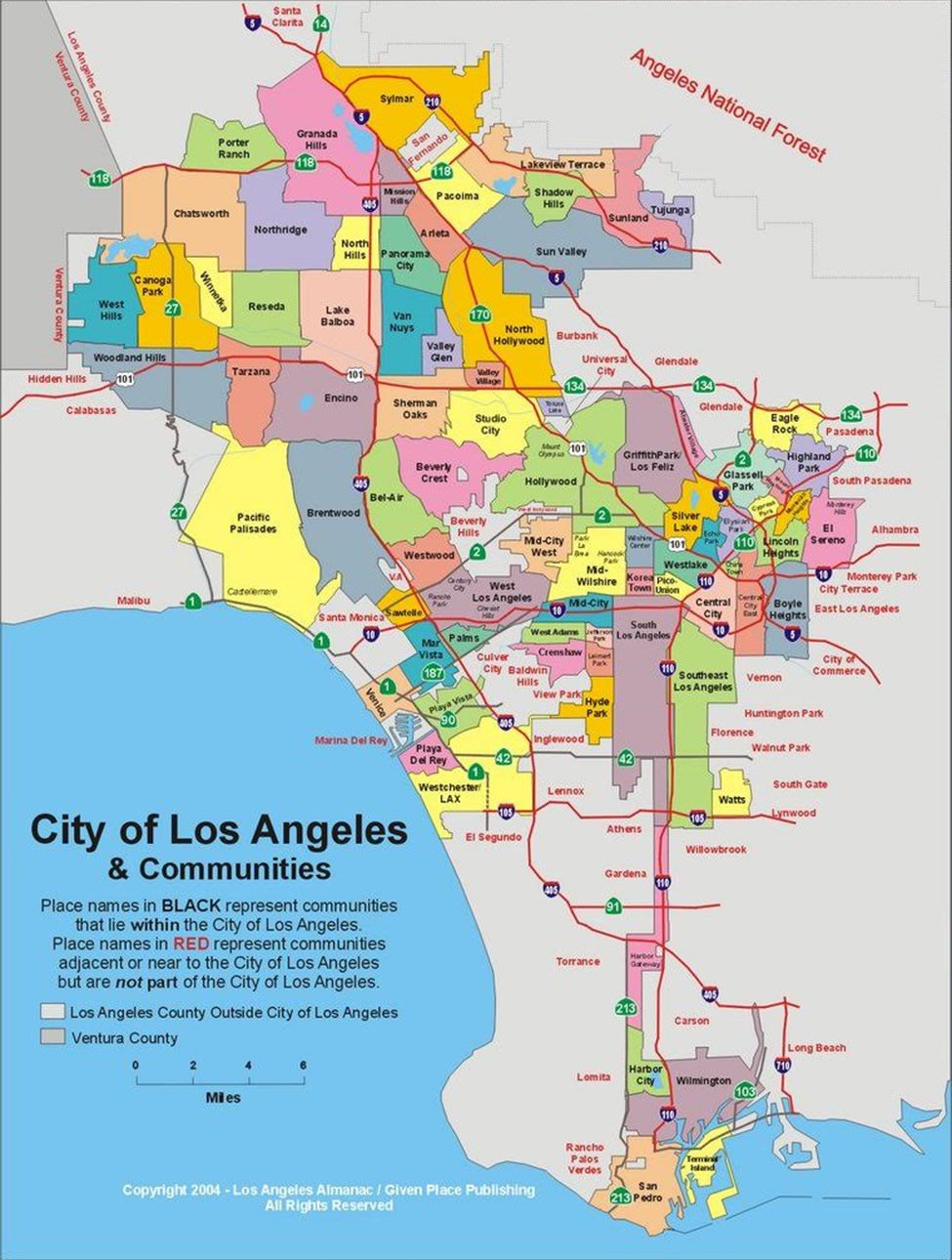
Los Angeles County is divided into 88 cities. City of Los Angeles is divided into the following areas: Downtown LA, The Eastside and northeast LA, South Central LA, Harbor Area, Greater Hollywood, Wilshire, the Westside and the San Fernando and Crescenta Valleys. Some well-known communities within Los Angeles include: West Adams, Watts, Baldwin Hills, Venice Beach, the Downtown Financial, Fashion, and Jewelry districts, Los Feliz, Silver Lake, Hollywood, Koreatown, Westwood and the more affluent areas of Bel Air, Beverly Hills, Hollywood Hills, Hancock Park, Pales Verdes, Pacific Palisades, Century City, Brentwood, Santa Monica, Sherman Oaks, Encino, Calabasas…………
All plants, and trees in LA have been imported!

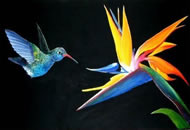
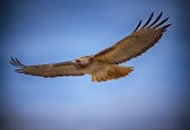
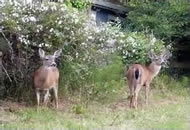

Official tree is Coral Tree
The official flower is Bird of Paradise
We nominate Red Tail Hawk as the official bird of LA. Their number one nemeses are the crows
Herds of Mule Deer roam the hillside residential areas
Coyotes, raccoons, snakes, mountain lions, and bobcats are spotted as well. P22, a mountain lion lives in Griffith Park (Los Feliz). We all wish him luck in finding a mate!
Sport Teams
Dodger Stadium is the home of the Los Angeles Dodgers baseball team. The Crypto.com Arena is the home of the LA Lakers, the LA Clippers, the WNBA LA Sparks basketball team, the LA Kings hockey team, SOFI Stadium is home to LA Rams, LA Chargers. The Los Angeles Rams football team (stadium is getting built). The Home Depot Center in Carson is home to the LA Galaxy soccer team.
Bank of California Stadium in Downtown Los Angeles is home to LASC soccer team.
Schools
USC Trojans, UCLA Bruins, Pepperdine, Cal State Northridge, and Loyola Marymount Universities, Santa Monica College, and Pierce College.
Calabasas has the best public schools (gradeK-12) in LA County.
According to the 2020 Census, LA has the most diverse racial and ethnic composition in the country:
LA City population.......................................................................................3,898,747
White Alone.....................................................................................................28.5%
Black/African American...........................................................................................8.9%
Asian...........................................................................................................11.6%
Hispanic/Latino.................................................................................................48.00%
Median value of homes.....................................................................................$636,900
Median selected monthly owner cost with mortgage.......................................$2,742
Median gross rent...........................................................................................$1,450
Median Household income....................................................................................$62,142
LA is home to people from more than 140 countries speaking 224 different identified languages. Ethnic enclaves like Chinatown, Historic Filipinotown, Koreatown, Little Armenia, Little Ethiopia , Tehrangeles, Little Tokyo, and Thai Town provide examples of the polyglot character of Los Angeles.
The voting ballots, all Social Security forms, and all local and federal forms come in several foreign languages. Tolerance for ethnic diversity is a must in LA.
The median income for a household is $40,000.
The median household income of the wealthiest neighborhood is $210,000
The poorest is $15,000.
Home prices can top $100 million.
Median home is around $500,000.
A two bedroom apartment in a middle class neighborhood is around $2,500/month.
LA is fixated on Car & Motorcycle culture, since Angelinos spend so much time on the road, don’t walk anywhere, and valet parking is everywhere. At a Beverly Hills red light, the line of cars, Royce Rolls, Ferraris, Mercedes, Porch, Bentley, Bugatti,…… not uncommon to see!. The top three car museums in LA are Peterson’s, Nethercutt Collections (1930’s), and Natural History Museum of Los Angeles + all the private collectors. On a Sunday at the Rock Store or Neptune, you see every kind of motorcycle there is. On weekends car shows throughout the city.
People are perceived by the car they drive!
Tesla: Successful Professional
Range Rover: Beverly Hills House Wives
BMW is the choice Armenian car (Glendale)
Benz is the choice Persian car (Westwood)
Japanese and Korean cars are the choice for Asians (Downtown)
Audi: Millennial’s
22″ rims, and knockout sound systems for African Americans (Compton)
American Muscle Car for the Red Necks (San Fernando Valley)
The Latinos drive custom American cars (East LA)
A Listers ride Hollywood Limousine’s motor cars
Traffic remains the top concern for Southern California residents, topping personal safety, housing costs and retirement savings. Although its little comfort for those stuck behind the wheel, researchers have long said that heavier traffic is a sign of a healthier economy. The hour of the week with the worst congestion is 4 PM Friday. A Sig Alert is defined by California Highway Patrol (CHP) as “any unplanned event that causes the closing of one lane of traffic for 30 minutes or more. LA has the most expensive gas prices in America due to local car emission laws.
Word on the street:
“I JUST WORK HERE UNTIL I CATCH MY BIG BREAK!!!!!”
** To see interesting Angelenos, visit Venice Beach on a Sunday!
** You are never allowed to say anything to your neighbors, other than,
“How ya doing!”
** You’re expert in selecting avocados, dark green skin, soft to the touch
but not squishy.
** A true Angeleno wears pants in the winter, not shorts all year round.
** When you ask how far someplace is, expect the answer in minutes not
miles.
** When traffic light turns red, two cars should enter intersection for a left
turn, not three.
** Do not argue with any policeman. Your Driver License is worth your life,
cannot live in LA without one. A DUI (drunk driving) ticket is a felony.
** The high end grocery stores are Whole Foods, Bristol Farm, Gelsons.
Affordable grocery stores are the Latinos, Armenians, Arabs, Orientals.
in San Fernando Valley. Singles shop @ Trader Joe, and Smart & Final.
Everybody has a Costco card.
** If you spent enough time @ Marshall, TJ Maxx , and Ross, you’ll find
that designer outfit you could not afford on Rodeo, Robertson, or Sunset
Plaza.
** One in 7 parked cars have handicap placard.
** 11,000 miles of sidewalk, half in need of repairs (nobody walks in LA)!
Fast Food Nation


